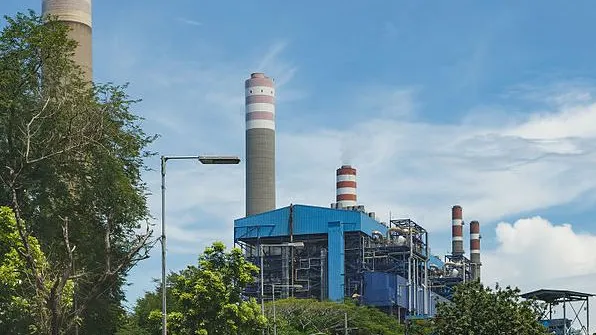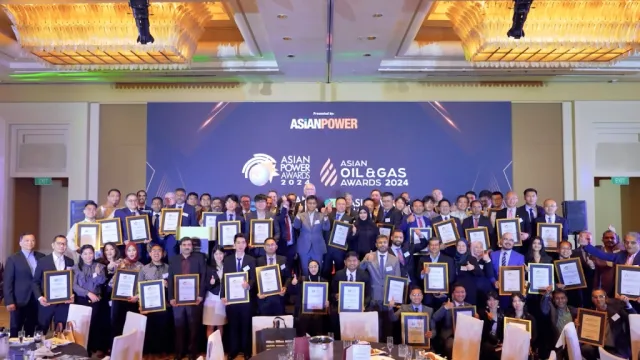
Indonesia's capacity growth aim is ambitious
It's still on the planning stage, yet horrendous challenges are already being thrown.
The targeted increase of Indonesia’s domestic power generation capacity, on which the nation’s future economic growth and stability is dependent, is already facing numerous challenges in the planning stage alone.
Indonesia’s growth in the past few years has seen it quickly outpacing its power supply, causing power generation to be placed at the forefront of the country’s opportunities for improvement. As the government is targeting a four-year plan to add 36.6 gigawatts (GW) of power generation capacity to the country's total, beginning this 2015, there are several factors and challenges to consider as the changes take effect.
In a country like Indonesia where massive natural energy reserves such as coal and oil abound, it may come as no surprise to some that the country’s energy mix is very poor, with power generation from fossil fuel sources making up 87% of domestic consumption. At the same time, it has allowed the economy to grow quickly in the past decade, thanks to the natural gas and coal trade with other Asian countries. However, with many countries turning to more sustainable energy options such as solar power and geothermal energy, power generation mixes are now geared towards shifting away from fossil fuels in the long run.
“Natural gas consumption domestically has been increasing sharply with falling reserves which has resulted in reduced exports and falling global share. Overall, in a decade’s time, the fossil fuel-reliant trade economy of Indonesia is at huge risk – with falling reserves, changes in coal-reliant country's’ generation mix, increasing domestic consumption and global climate change actions,” says Abhishek Kumar, principal consultant in energy and environment at Frost & Sullivan. “As per the Jakarta Post, the potential of solar power stands at 50 GW, whereas IEA puts it at above 1000 GW (4.8 kWh per m2 per day),” he adds. Indonesia has several renewable energy options such as solar power and hydropower that are not yet being utilised.
PT Perusahaan Listrik Negara (PLN), Indonesia’s state-owned electricity company, will see a decline in its credit metrics due to its major capex requirements – to be largely debt-funded over the next few years. According to a study by Moody’s Investors Service, the bulk of Indonesia's additional power generation capacity — namely 25.9 GW (70%) of the 36.6 GW — will be provided by independent power producers (IPP), with 10.7 GW (roughly 30%) to be provided by PLN.
This plan is certainly ambitious considering that this growth in capacity over the next five years will represent a 71% increase since end-2014, when Indonesia’s installed power capacity totalled 51.5 GW. Many of the projects involved are still in their procurement or planning stage, though the government has taken steps to shorten approval processes to expedite progress. For instance, they have set up the One Stop Services office for faster, more efficient licensing services.
“The 35 GW programme is a big challenge for PLN, which struggled to build 10 GW under the previous Fast Track Programme in the same time. Unsurprisingly therefore, there have been delays in the procurement processes for many projects, and PPAs are not progressing fast enough to maintain momentum towards the target,” says Julian Smith, advisor on capital projects and infrastructure for PwC Indonesia.
“Land acquisition, which has been a major impediment, was tackled to a large extent through the 2012 Land Acquisition bill, but implementation problems remain. A case in point is the long delays in the Central Java 2,000 MW project due to land disputes,” he adds, saying that it is unclear how many gigawatts will receive IIGF guarantees under the programme, as lack of a guarantee can be a deal-breaker for many financiers.



















 Advertise
Advertise








